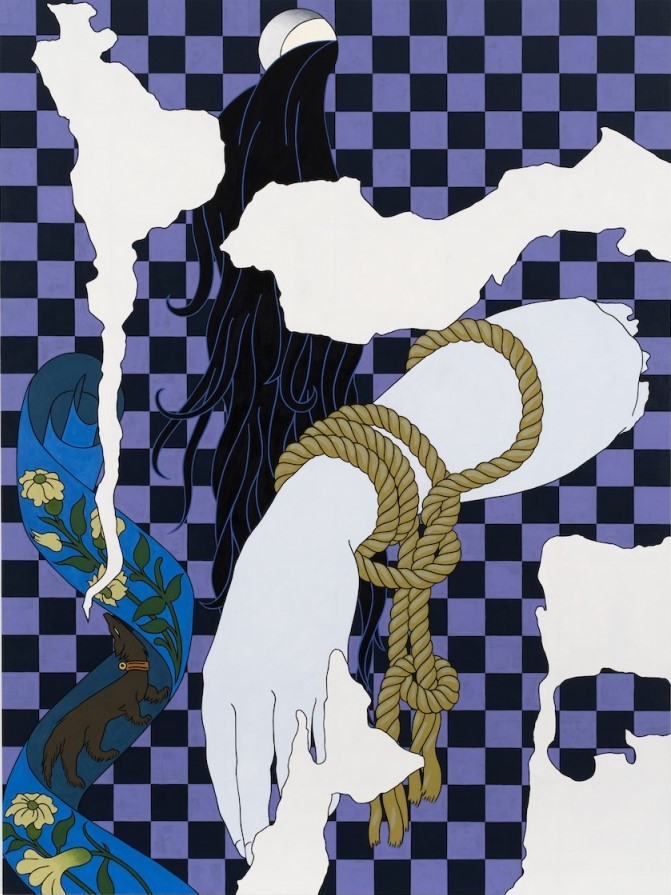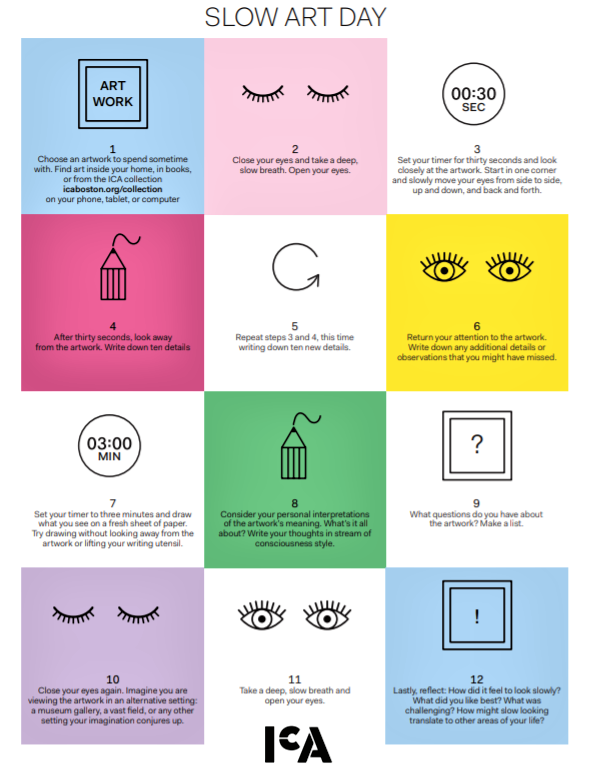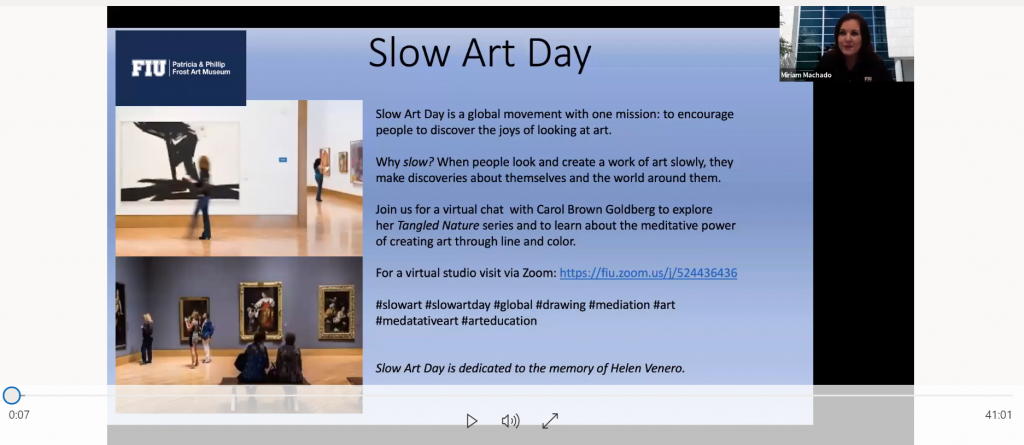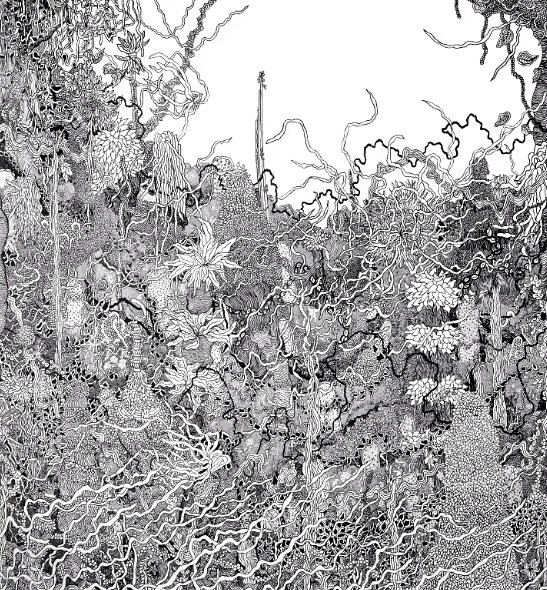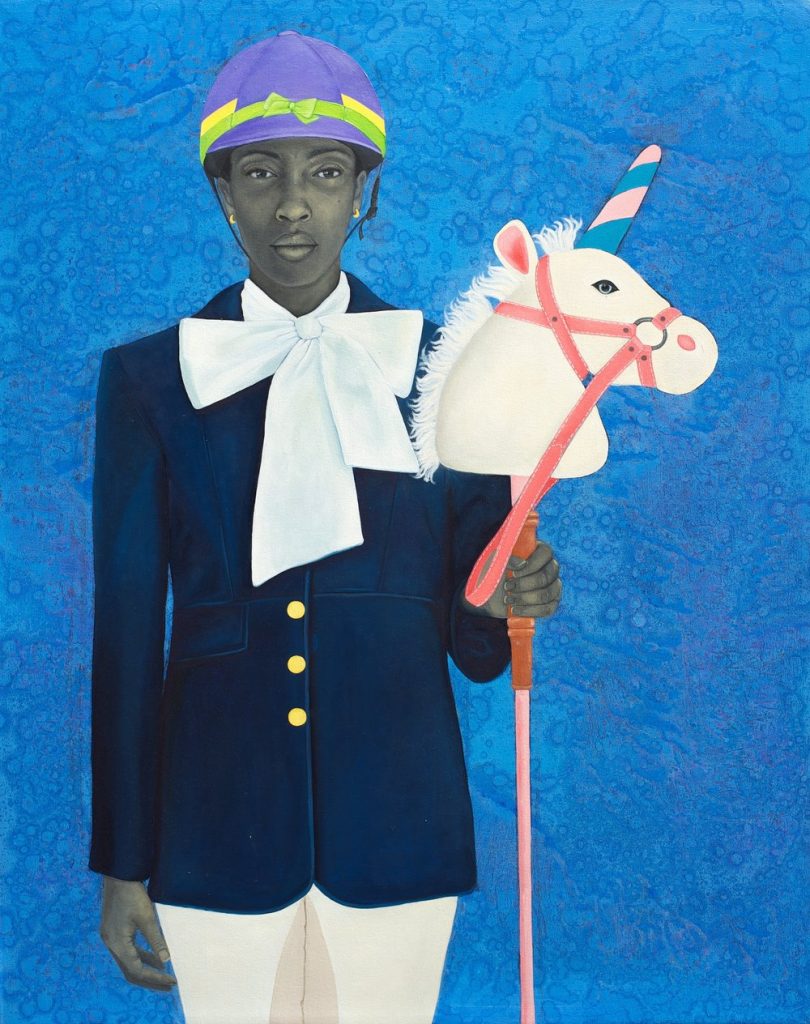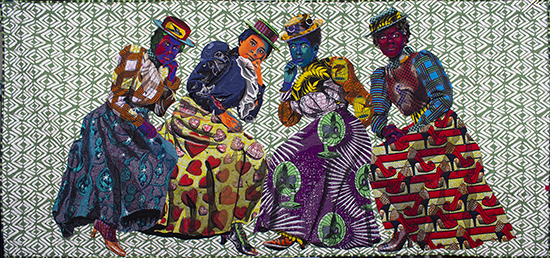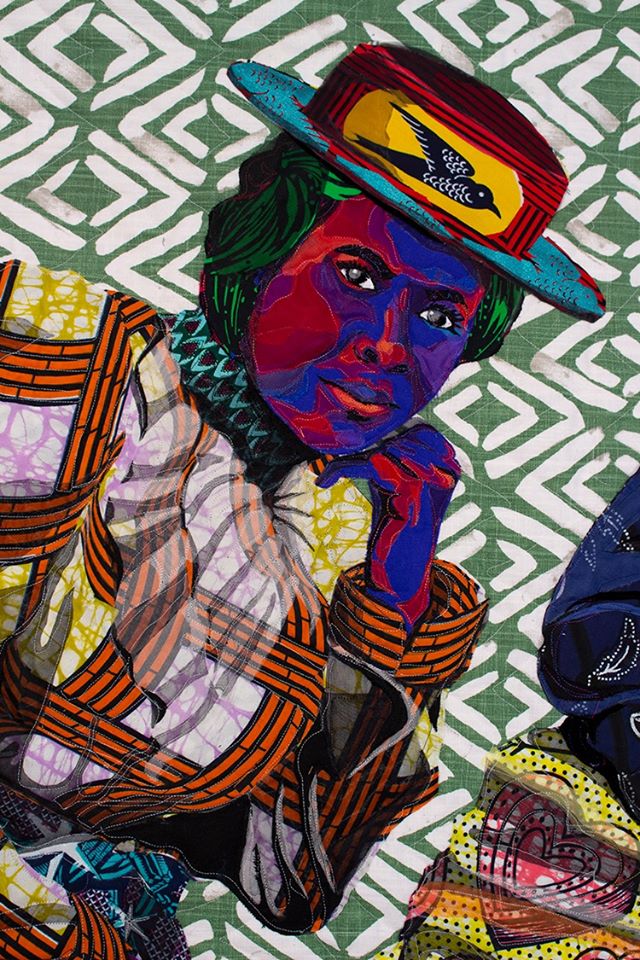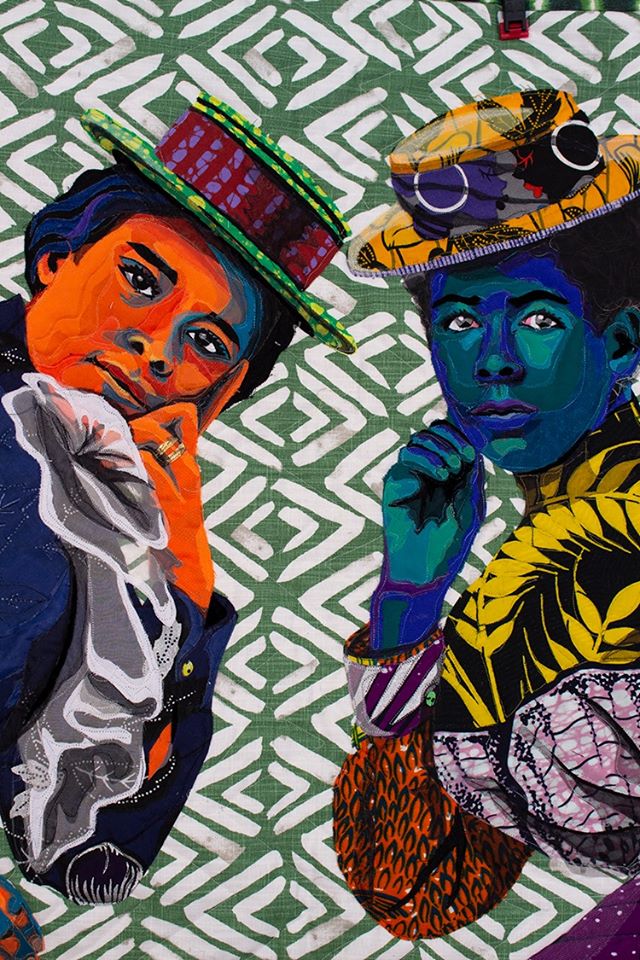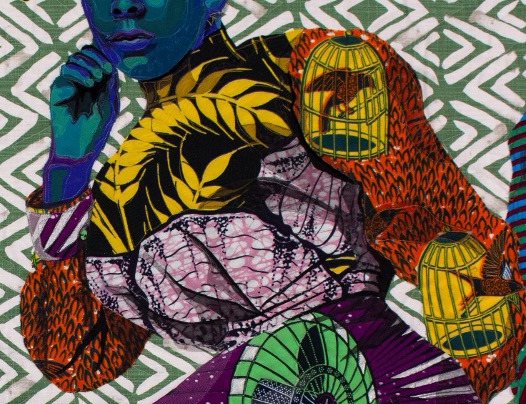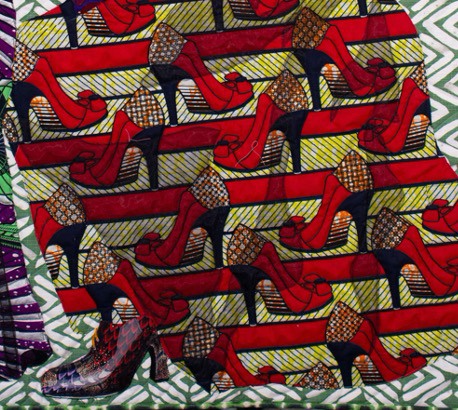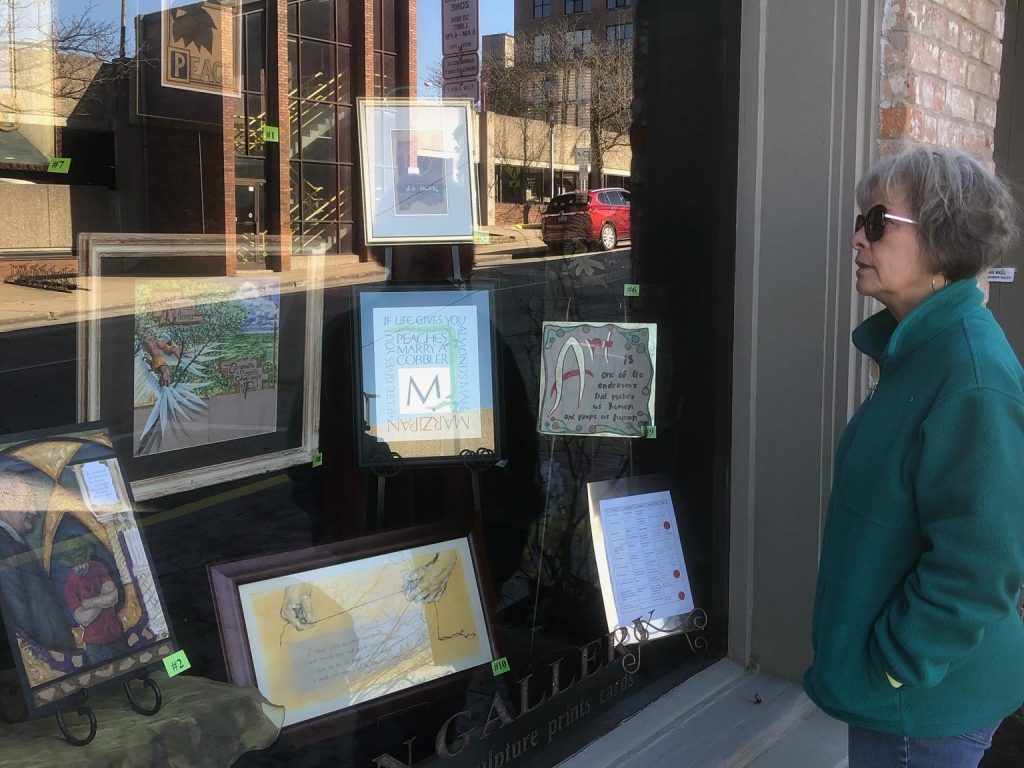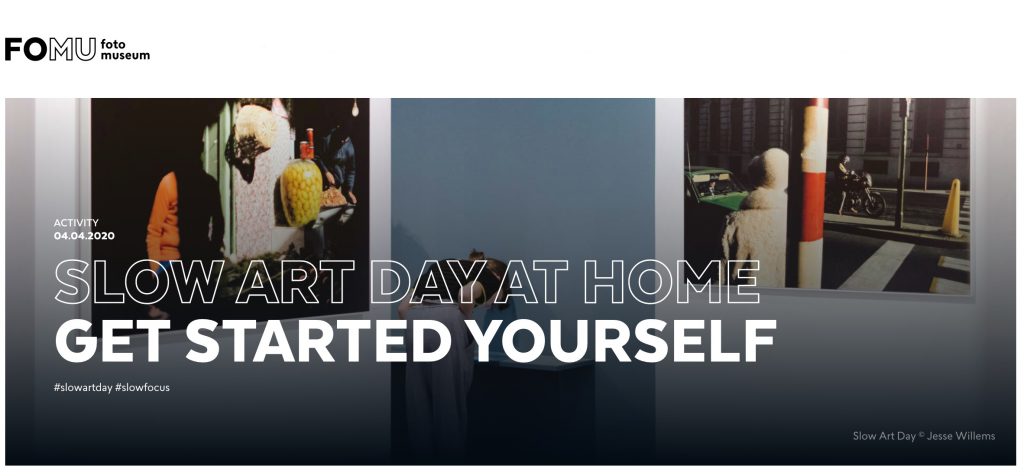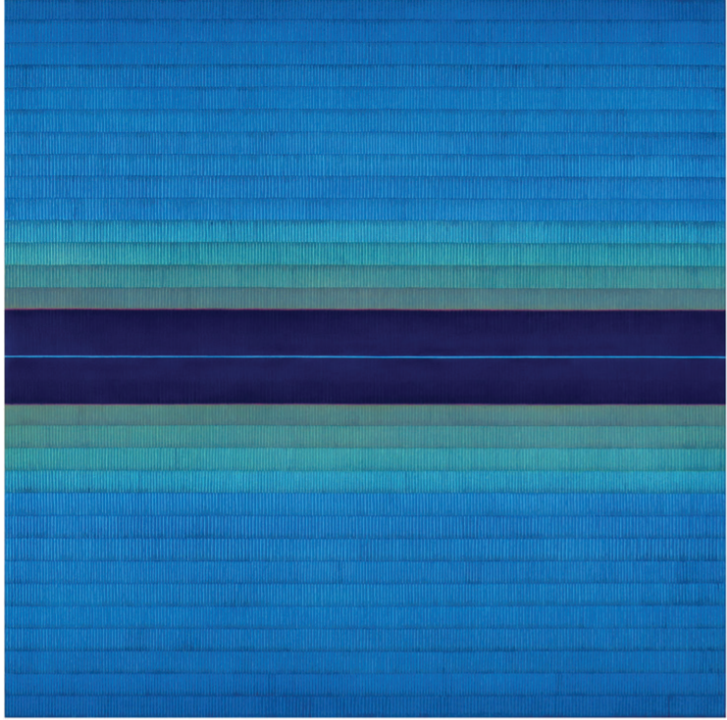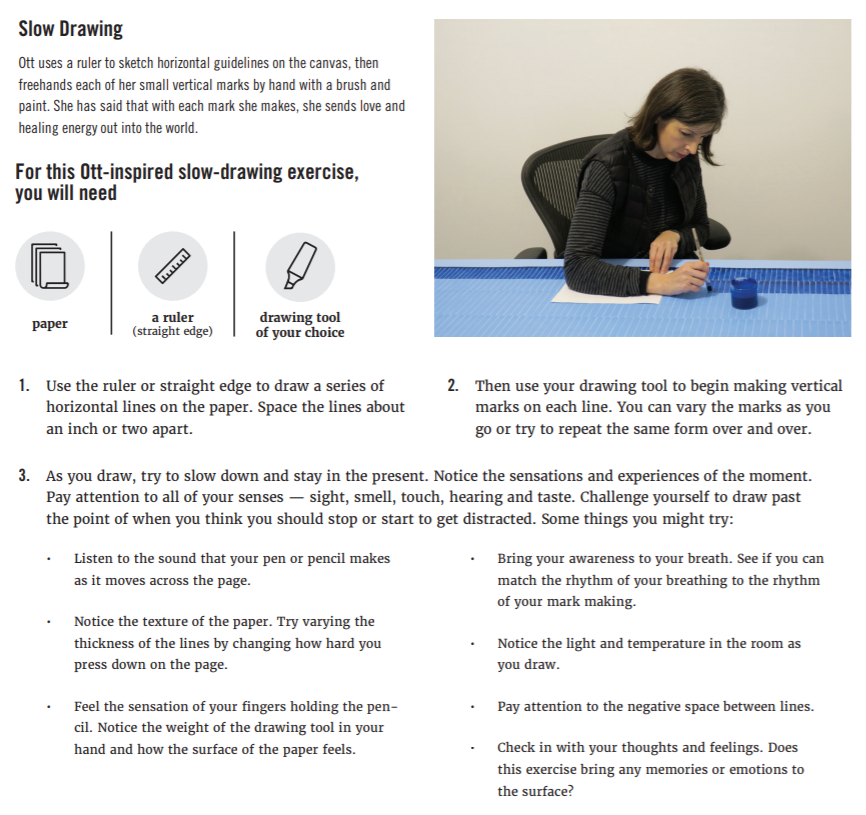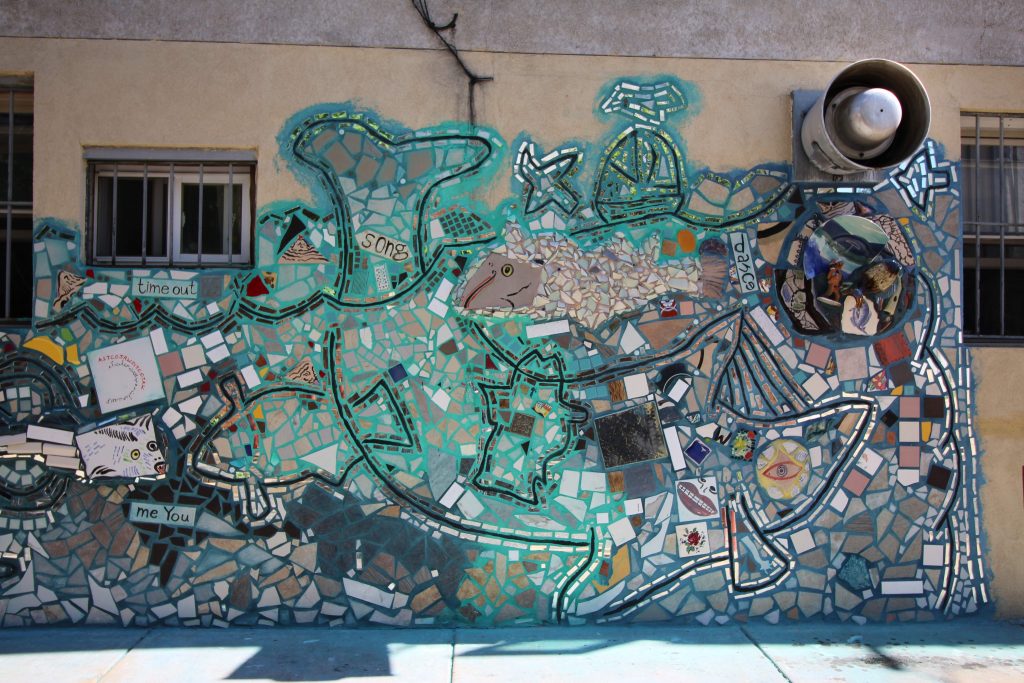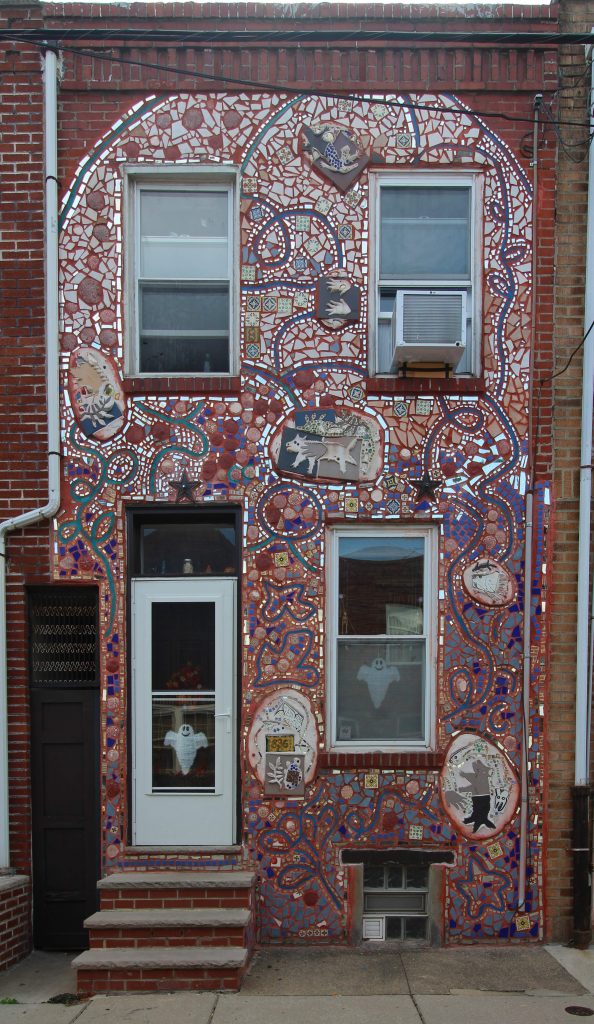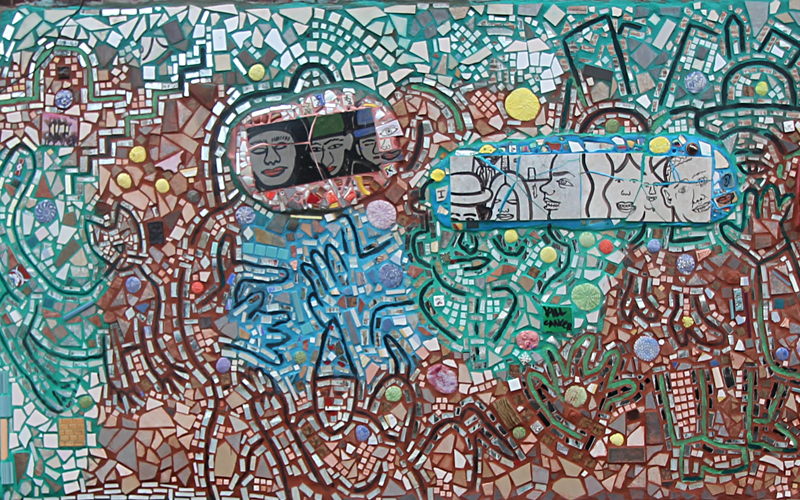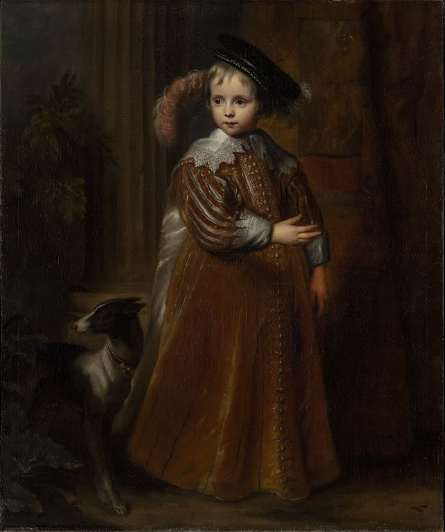The Museum of Modern and Contemporary Art of Rovereto and Trento (MART), Italy, hosted its first experimental Slow Art Day session via Zoom.
The virtual session was attended by a select group of MART members who discussed 4 artworks from the museum’s permanent collection, including Osvaldo Licini’s Bilico (1933) and Fortunato Depero’s Chiesa di Lizzana (1923).

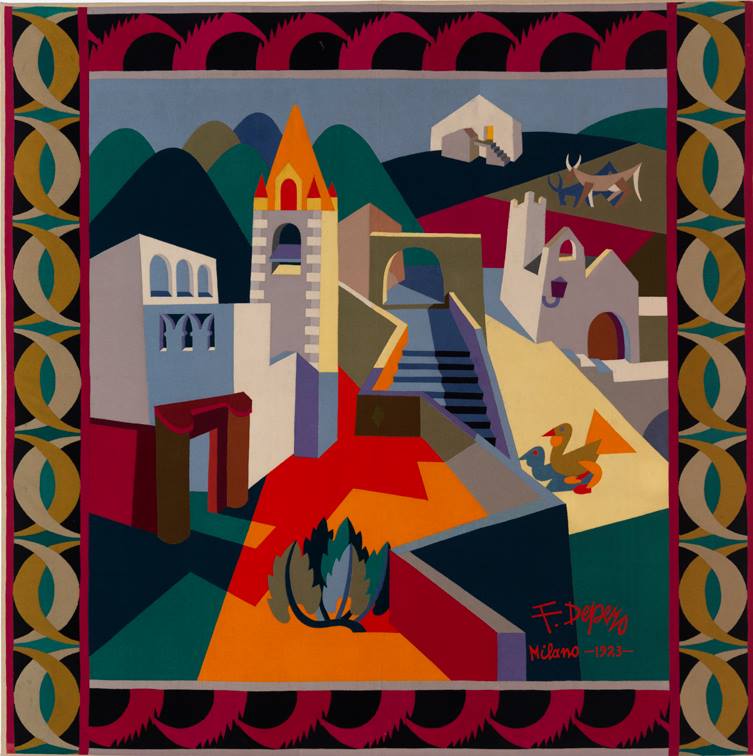
Five days before the session, Denise Bernabe, Membership Coordinator at MART, emailed participants images of the artworks along with a brief explanation of slow looking (without disclosing the artists or the titles of the works).
During the hour and a half session, Bernabe facilitated a relaxed discussion in which participants made personal and emotional remarks about the artworks based solely on their immediate slow-looking responses. All participants loved the experience and, as a direct result of this session, the MART is planning to continue integrating slow-looking with future events.
The event was instigated by local art enthusiast Piero Consolati, who has been a MART member for several years and frequently participates in museum events. The session was made possible through his interest in slow looking, which prompted him to approach the staff at MART about hosting an event.
Public engagement with both art and museums is something that Slow Art Day strongly promotes, and the MART event is a beautiful example of the important role art enthusiasts can play in initiating events and furthering the slow art movement throughout the community. At Slow Art Day HQ, we are very excited to hear about the MART’s slow-looking Zoom session, and are thankful to Consolati for reaching out to us with the details.
We look forward to hearing about future slow looking events hosted by MART — hopefully also for Slow Art Day 2021.
– Johanna

